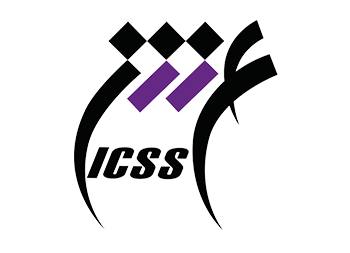A Roadmap for US Robotics From Internet to Robotics

Recently the robotics industry celebrated its 50-year anniversary. We have used robots for more than five decades to empower people to do things that are typically dirty, dull and/or dangerous. The industry has progressed tremendously over the period from basic mechanical assist systems to fully autonomous cars, environmental monitoring and exploration of outer space. We have seen tremendous adoption of IT technology in our daily lives for a diverse set of support tasks. Through use of robots we will see a new revolution, as we not only will have IT support from tablets, phones, computers but also systems that can physically interact with the world and assist with basic daily tasks, work, and leisure activities.
The “old” robot systems were largely mechanical support systems. Through the gradual availability of inexpensive computing, user interfaces and sensors it is possible to build robot systems that were difficult to imagine before. The confluence of technologies is enabling a revolution in use and adoption of robot technologies for all aspects of daily life.
Nine years ago, the process to formulate an integrated roadmap was initiated at the Robotics Science and Systems (RSS) conference in Atlanta. Through support from the Computing Community Consortium (CCC) a roadmap was produced by a group of 120 people from industry and academia. The roadmap was presented to the congressional caucus and government agencies by May 2009. This in turn resulted in the creation of the National Robotics Initiative (NRI), which has been a joint effort between NSF, NASA, USDA and NIH. The NRI was launched 2011 and recently had its five-year anniversary. By 2013 a revision of the roadmap was generated with support from NSF and CCC.
Over the last few years we have seen tremendous progress on robot technology across manufacturing, healthcare applications autonomous cars and unmanned aerial vehicles, but also core technologies such as camera systems, communication systems, displays and basic computing. All this combined motivates an update of the roadmap. With the support of NSF two workshops took place 22-23 August in Portland, OR and 21-22 September in Atlanta, GA. In total the workshops involved 50 people mainly from academia and research institutes. The 2013 roadmap was reviewed and progress was assessed as a basis for formulation of updates to the roadmap.
The present document is a summary of the main societal opportunities identified, the associated challenges to deliver desired solutions and a presentation of efforts to be undertaken to ensure that US will continue to be a leader in robotics both in terms of research innovation, adoption of the latest technology and adoption of appropriate policy frameworks that ensure that the technology is utilized in a responsible fashion.
مطالب مرتبط

کتاب تمرین درمان شناختی – رفتاری برای مشکلات سلامت روان
۱ / اردیبهشت / ۱۴۰۴

درآمدی بر روانشناسی خرد
۱ / اردیبهشت / ۱۴۰۴

سرشت – چگونه سیمکشی مغزهای ما هویت ما را تعیین میکنند؟
۱ / اردیبهشت / ۱۴۰۴

